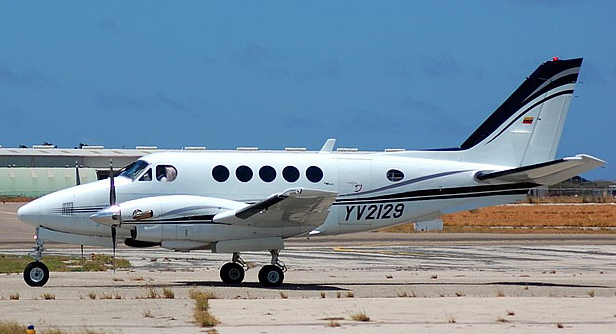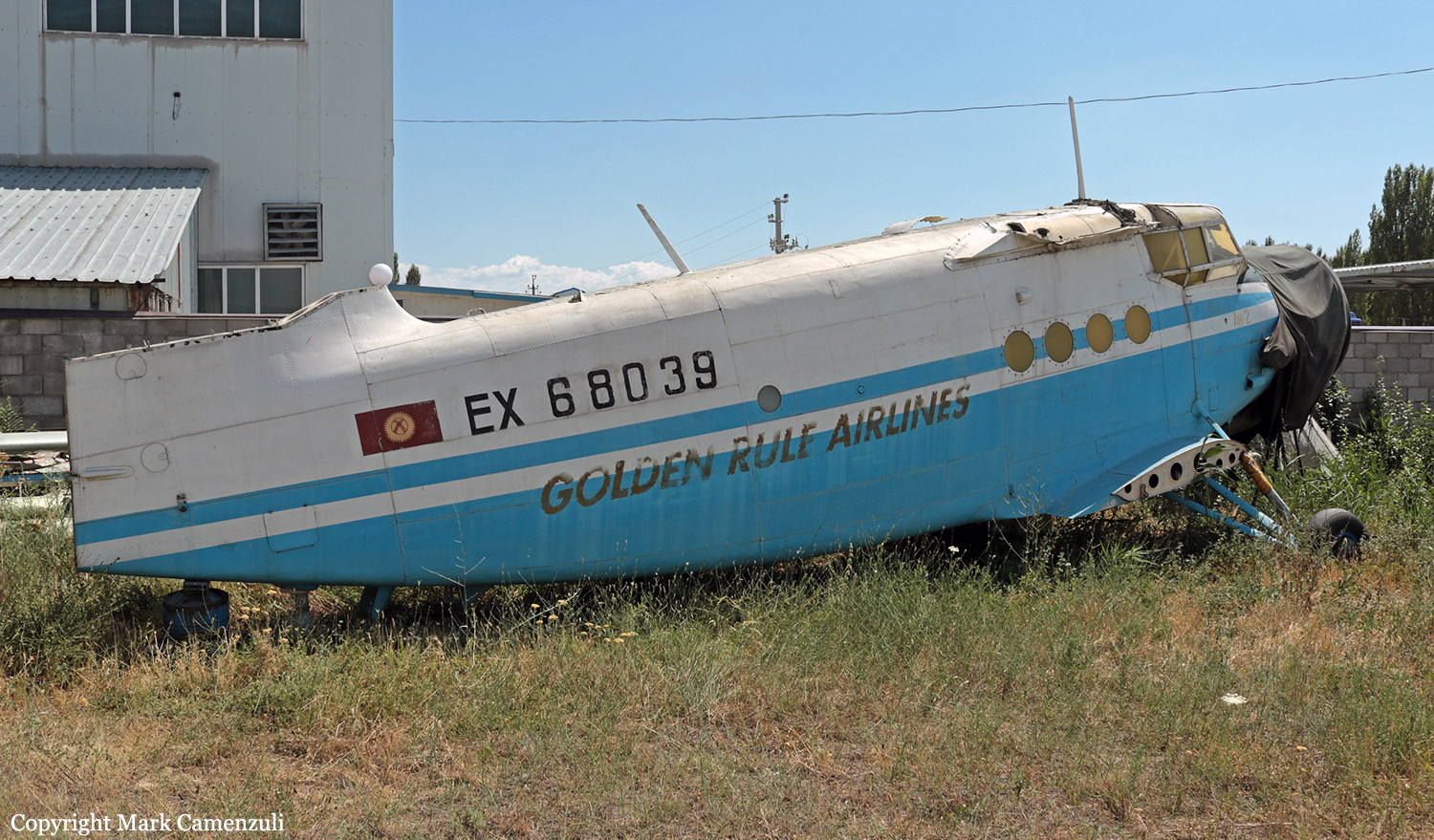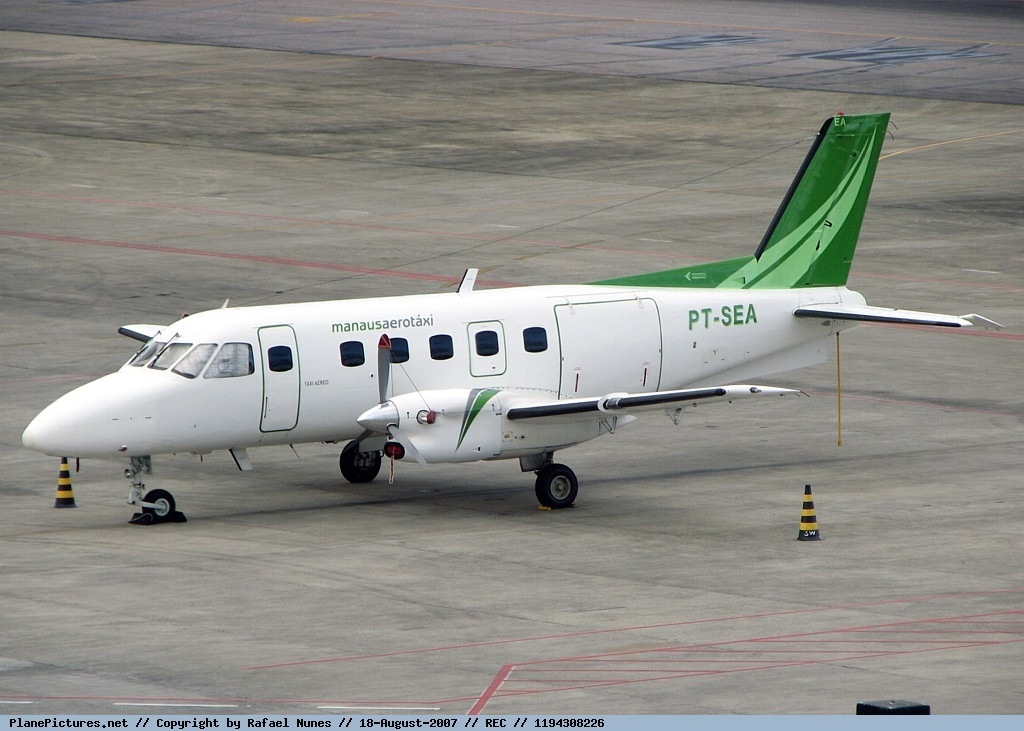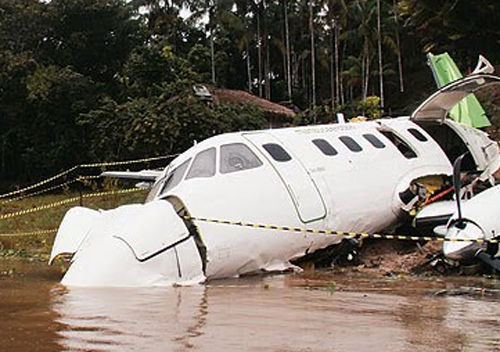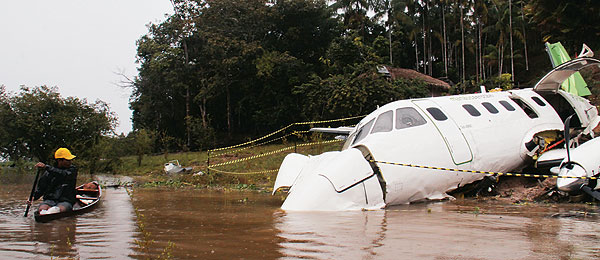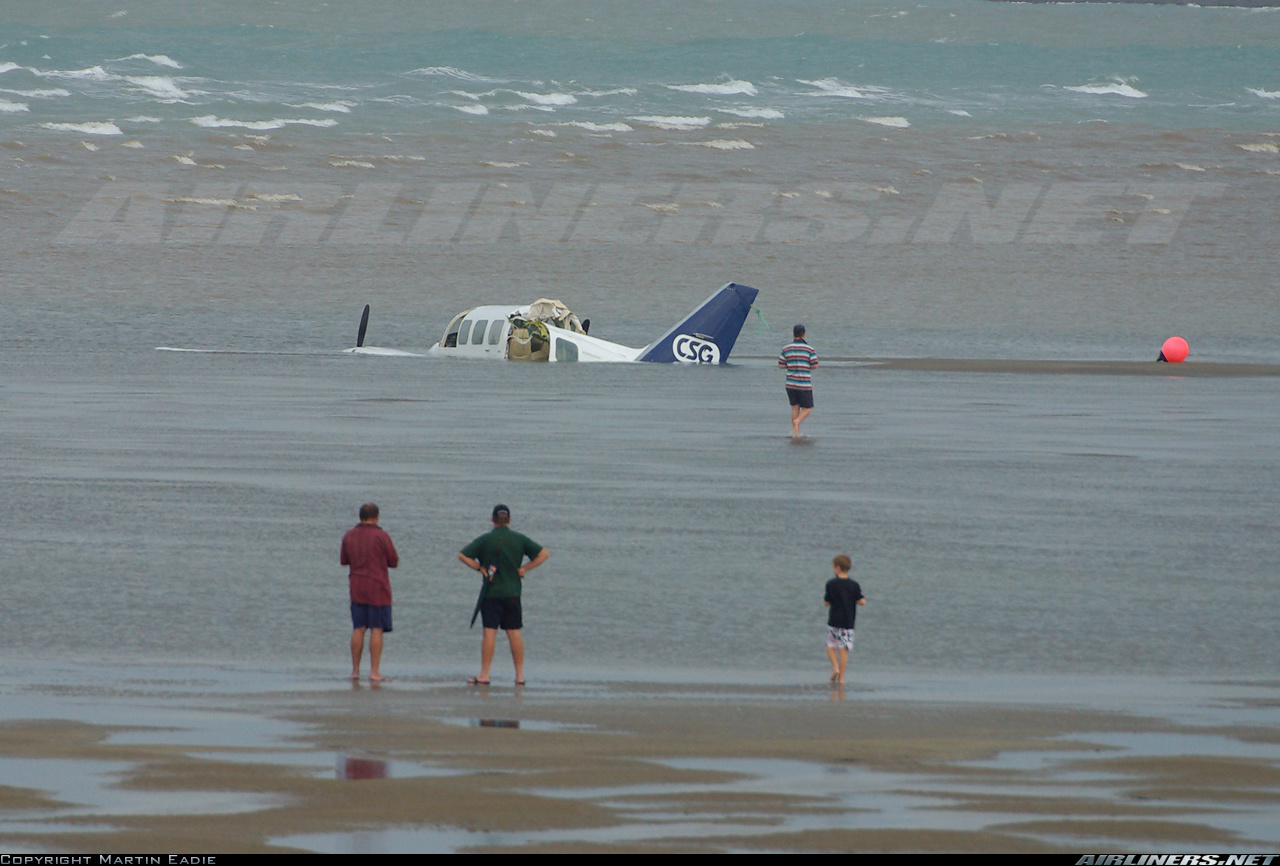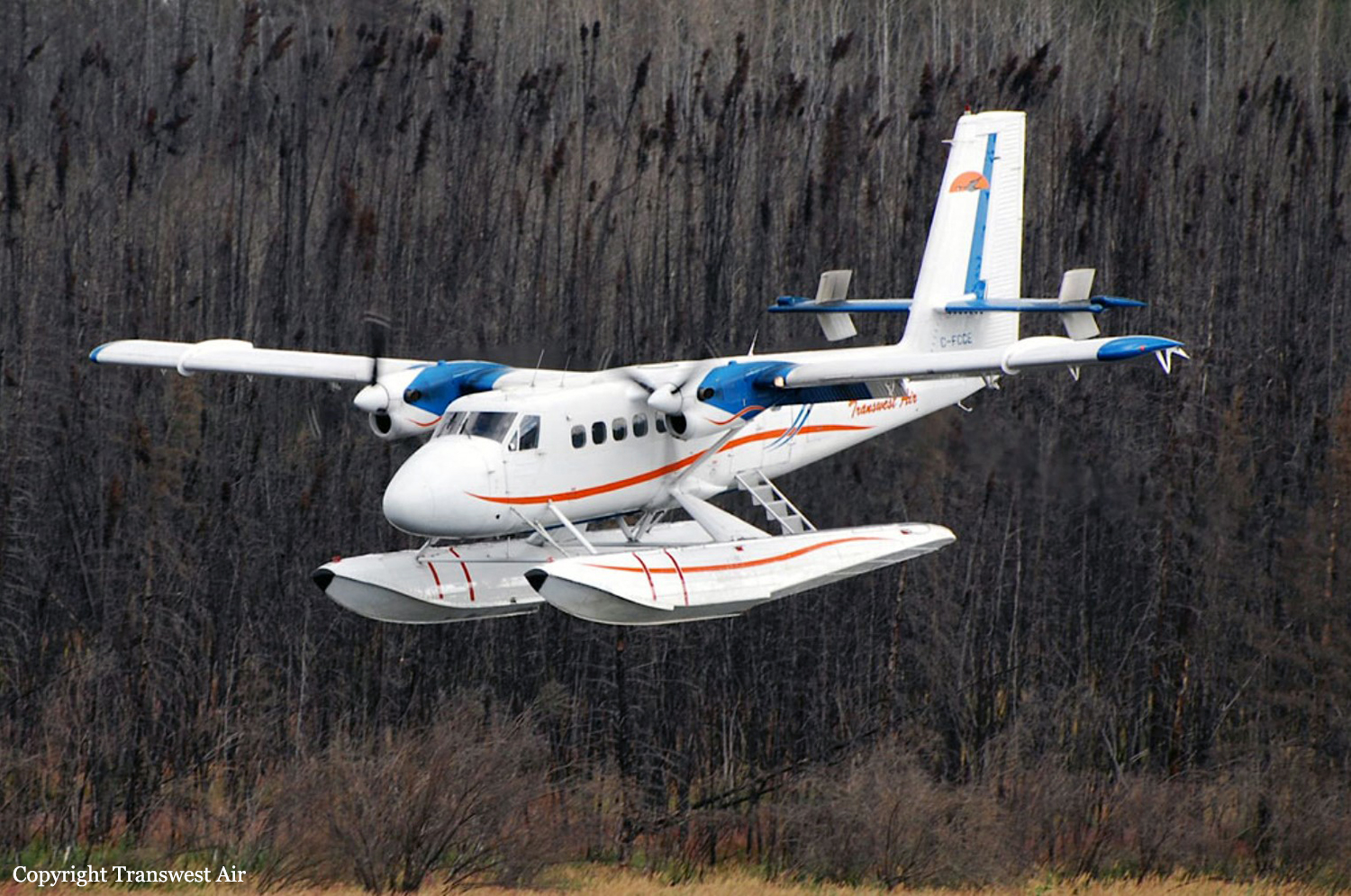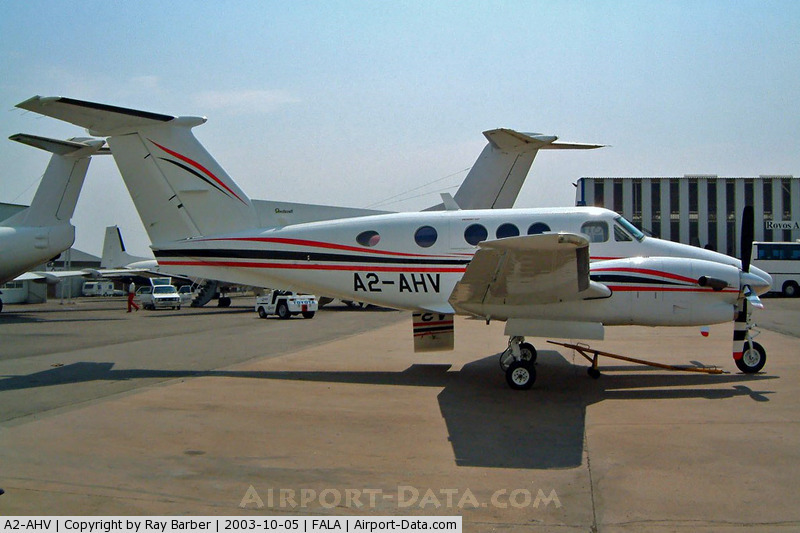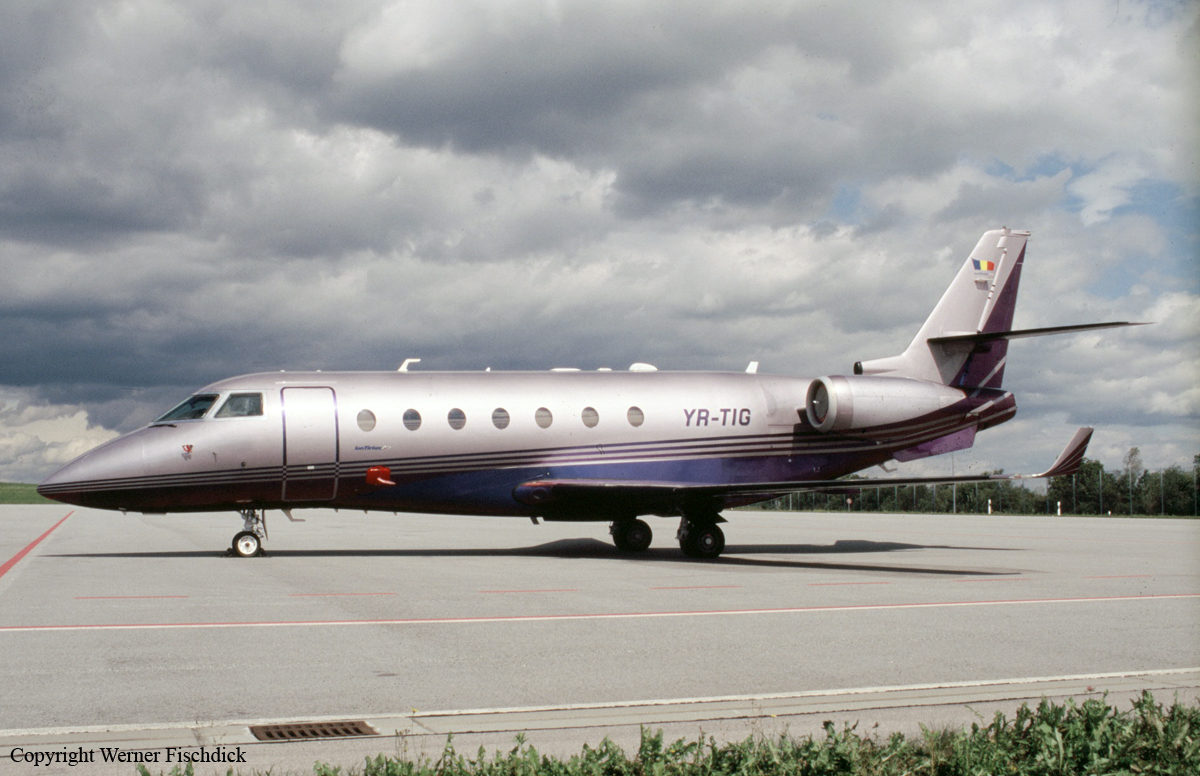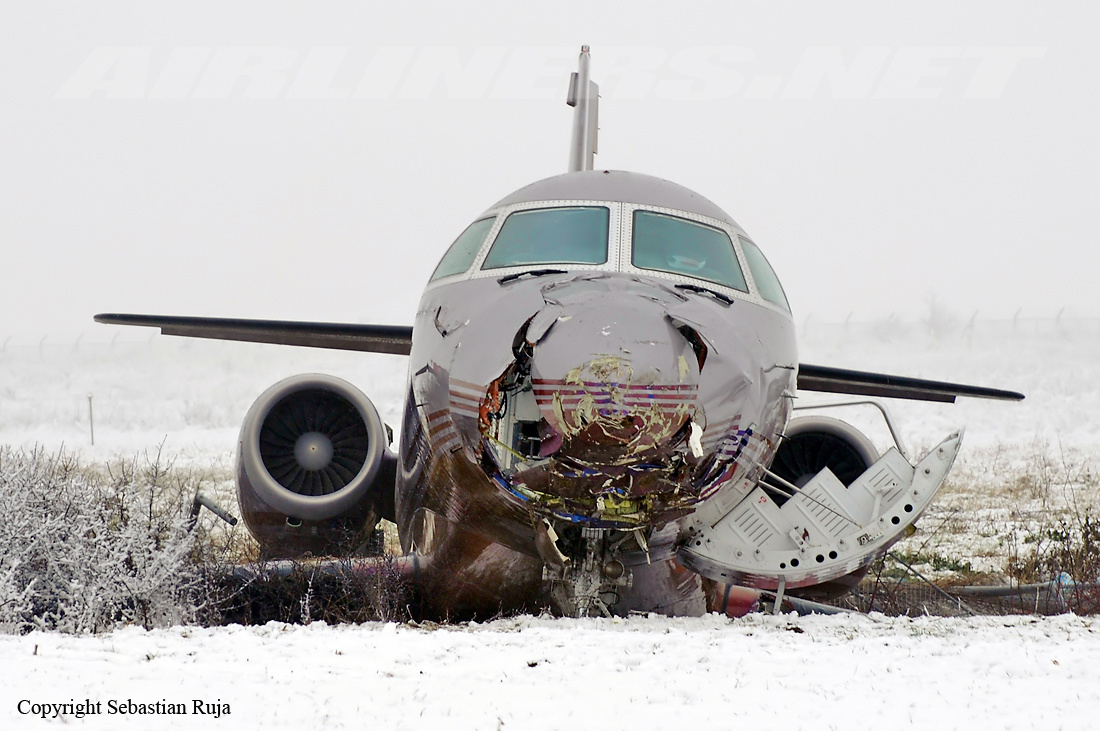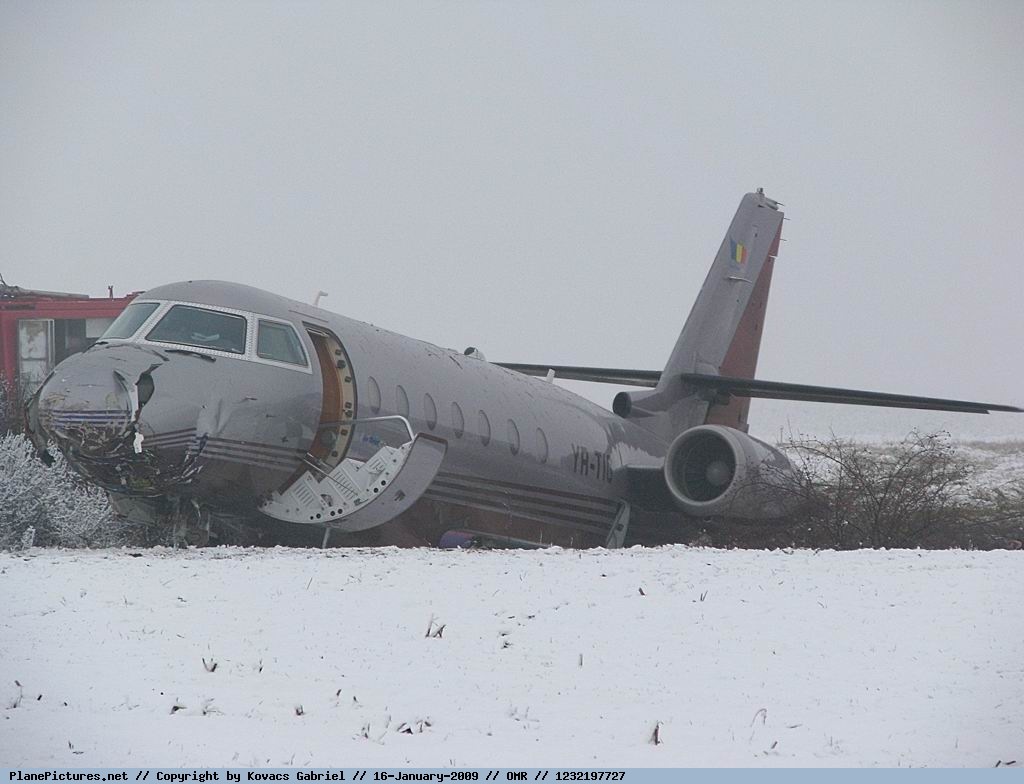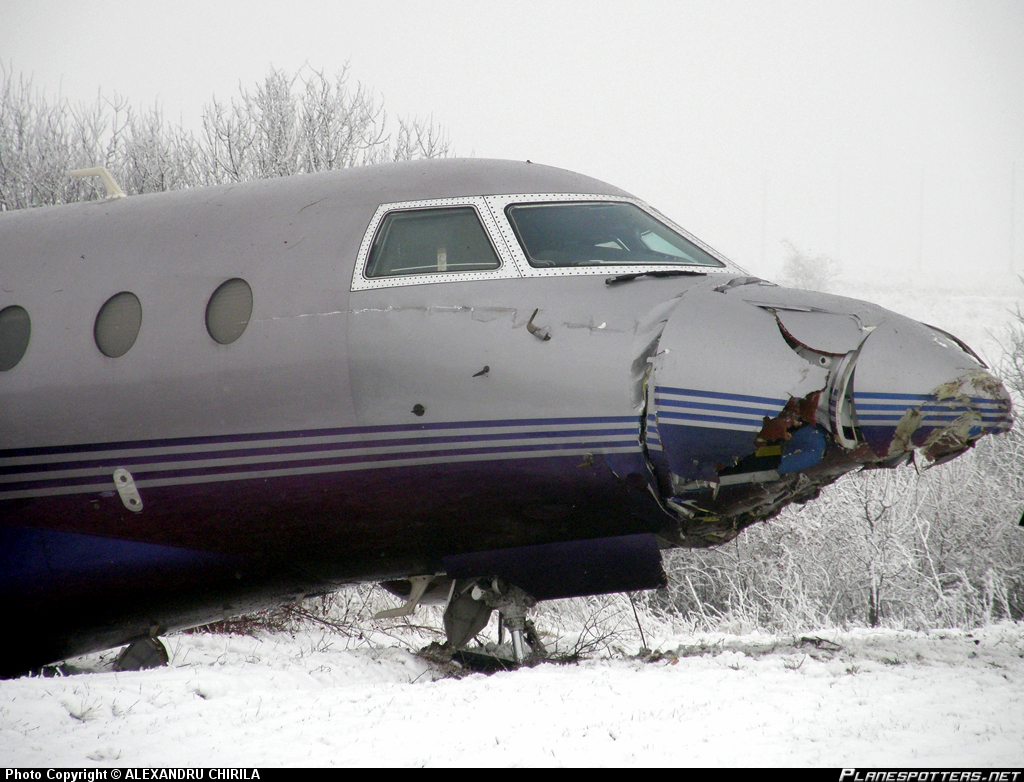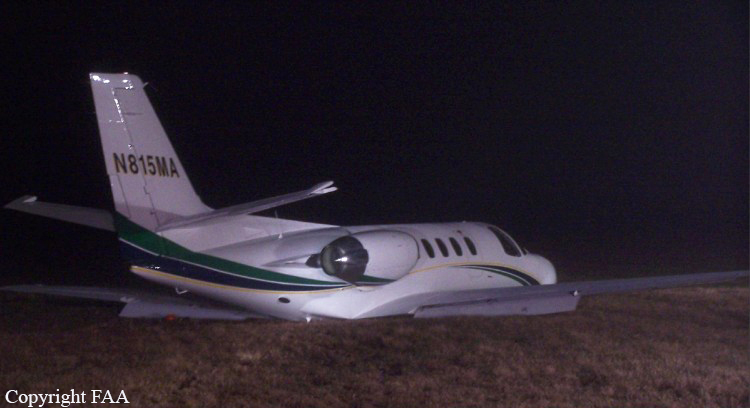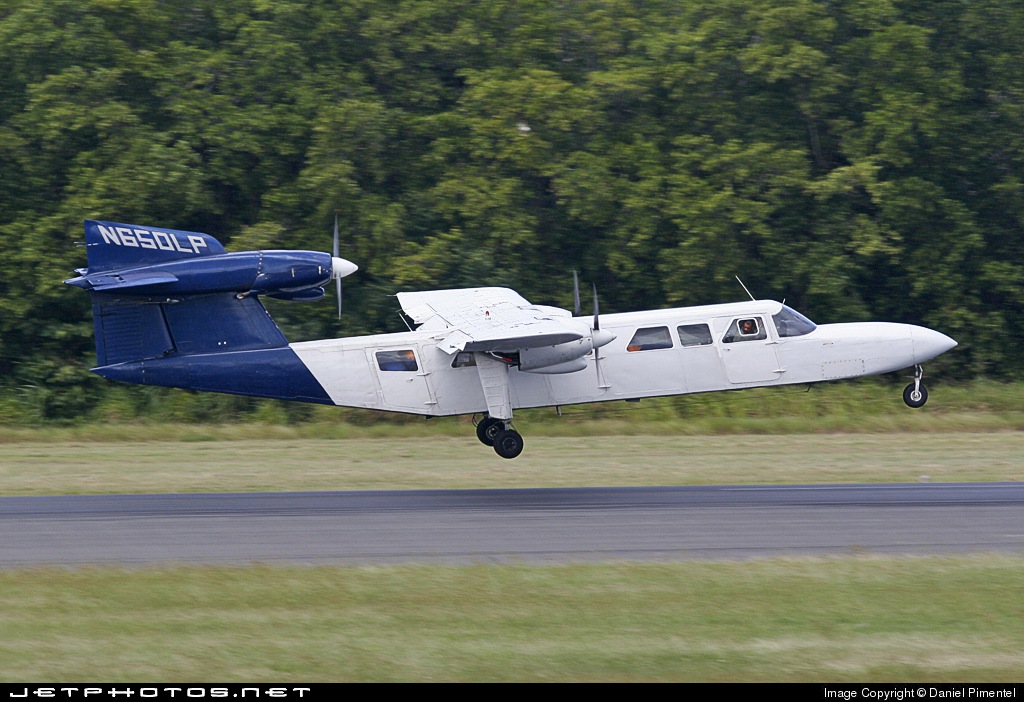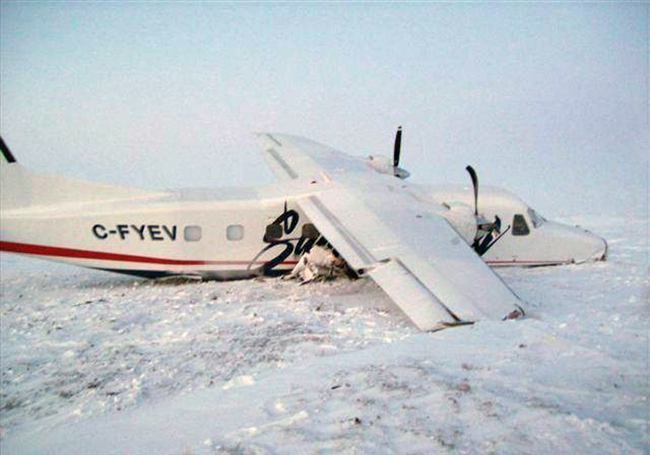Crash of a Beechcraft 100 King Air near Valera: 6 killed
Date & Time:
Mar 1, 2009 at 1153 LT
Registration:
YV2129
Survivors:
No
Schedule:
Charallave – Valera
MSN:
B-83
YOM:
1971
Crew on board:
2
Crew fatalities:
Pax on board:
4
Pax fatalities:
Other fatalities:
Total fatalities:
6
Circumstances:
The twin engine aircraft departed Charallave-Óscar Machado Zuloaga Airport on a charter flight to Valera, carrying four passengers and two pilots. While descending to Valera-Carvajal Airport in IMC conditions, at an altitude of 9,650 feet, the aircraft impacted the slope of Mt Piedra Gorda located 35 km from the airport. The wreckage was found the following day at the end of the afternoon. The aircraft disintegrated on impact and all 6 occupants were killed.
Probable cause:
Controlled flight into terrain after the crew started the descent prematurely. The lack of visibility was considered as a contributing factor.
